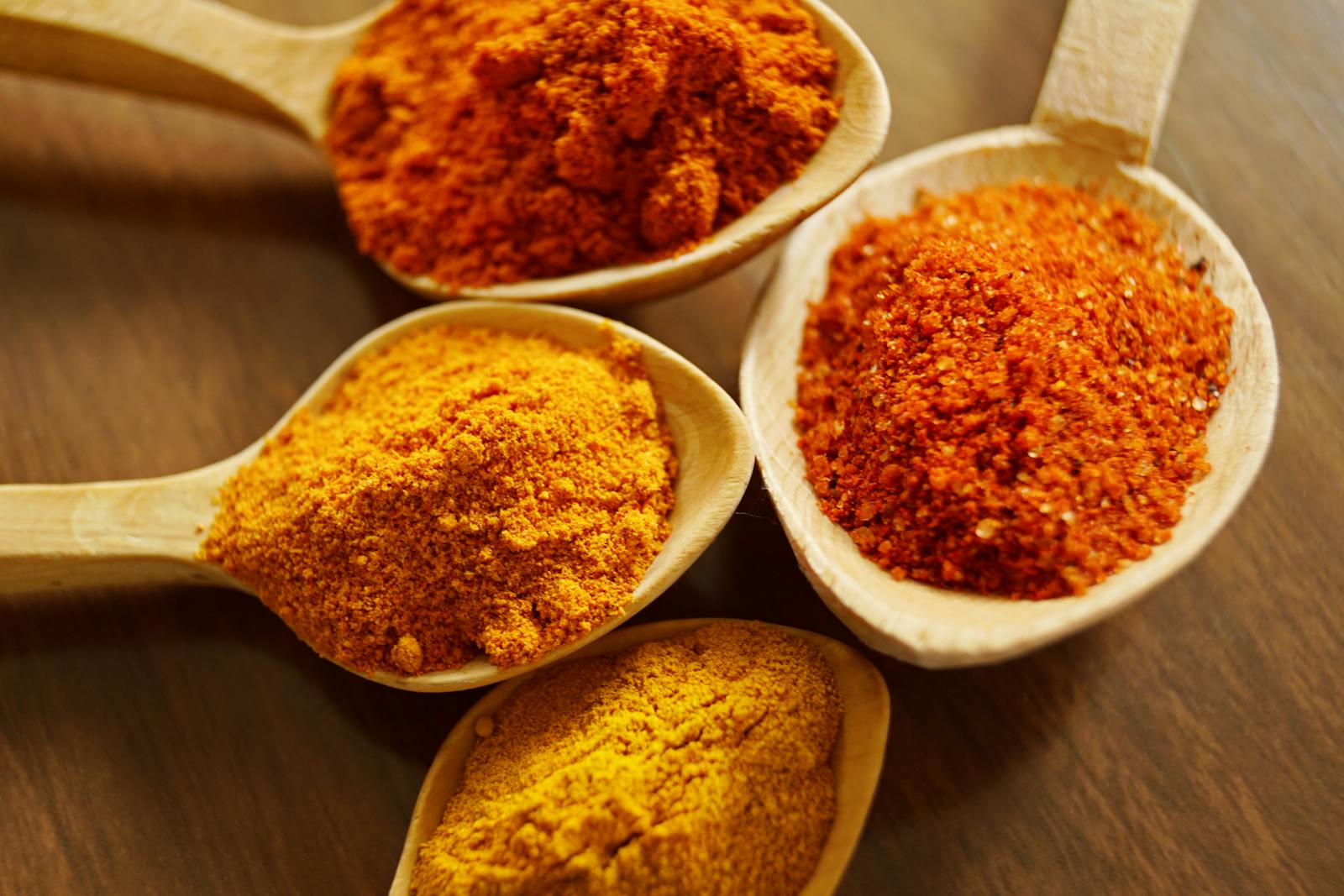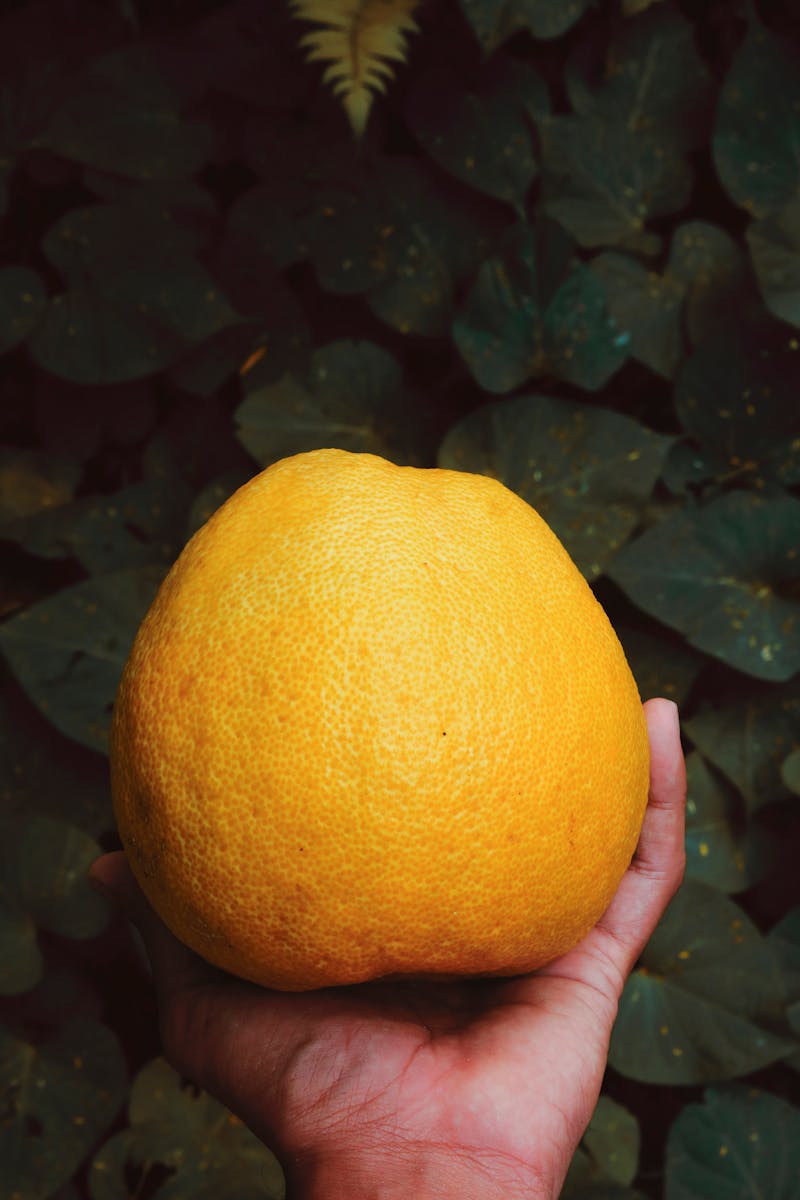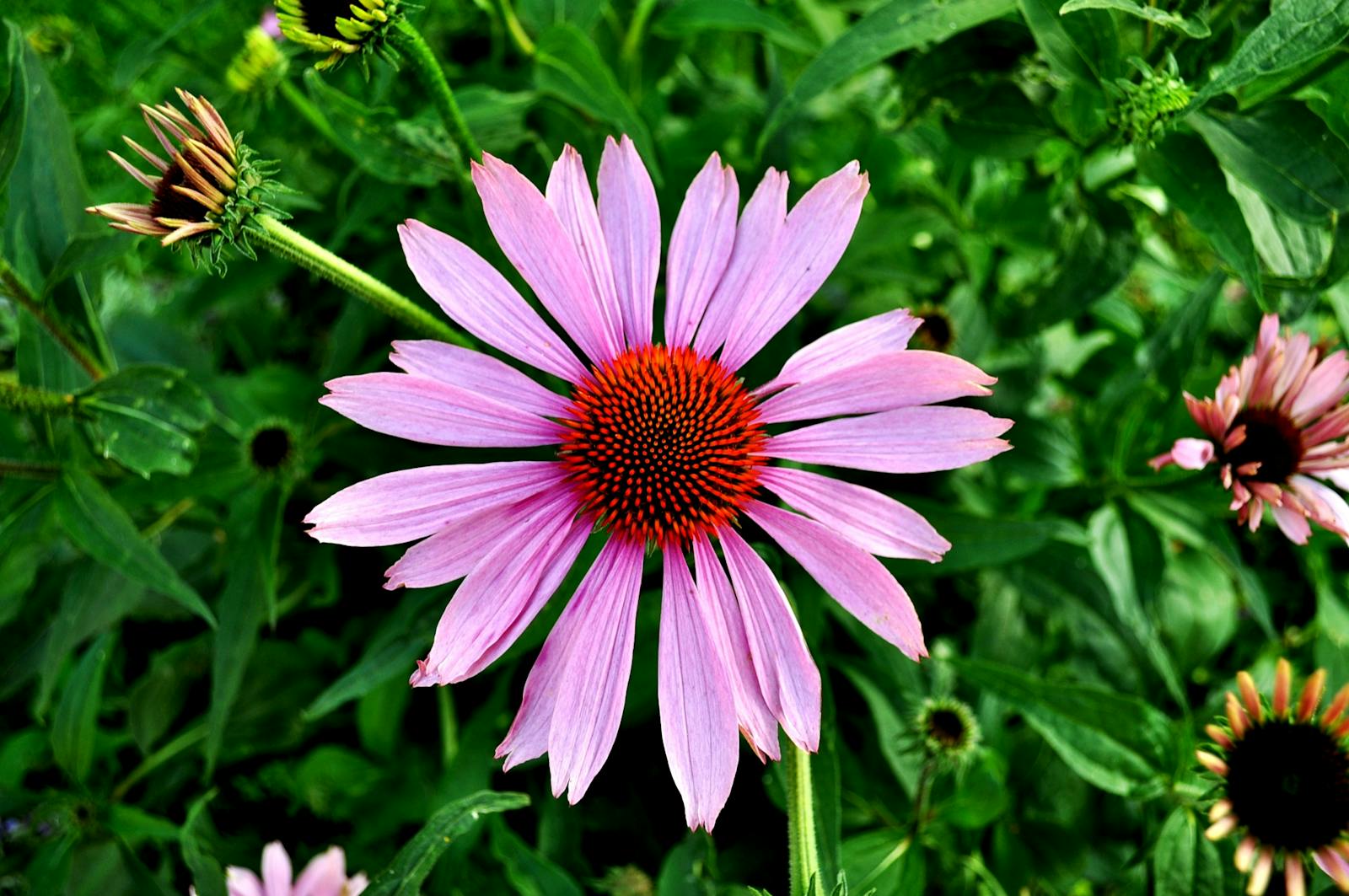
Hey there, fellow health enthusiasts! I hope you’re doing well and staying active. As someone who’s been on the fitness journey for a while now, I can tell you that making your own protein powder at home is not only rewarding but also a great way to ensure you know exactly what goes into your body. Today, we’re diving into the ingredients for protein powder at home, so let’s get started!
First things first, why would anyone want to make their own protein powder? Well, it comes down to control—control over the quality of the ingredients, the taste, and even the cost. Store-bought powders can be pricey, and sometimes they come with additives or sweeteners you might prefer to avoid. Making your own allows you to tailor everything to your preferences.

When it comes to the core ingredients for protein powder at home, the options are surprisingly varied. The most common choice is whey protein, which is derived from milk and is a complete protein, meaning it contains all nine essential amino acids. If you’re vegan or lactose intolerant, don’t worry; there are plenty of alternatives. Pea protein is a fantastic option, offering a good amino acid profile and being hypoallergenic. Hemp protein is another great choice, as it’s rich in omega-3 fatty acids and fiber.
Now, let’s talk about the fun part: adding flavors and enhancing the nutritional value of your homemade protein powder. You can incorporate superfoods like maca powder, which is known for its energy-boosting properties, or matcha for an antioxidant kick. Chia seeds and flaxseeds are also excellent additions, providing a boost of fiber and healthy fats. Don’t forget about natural sweeteners like stevia or monk fruit to keep things tasting great without the added sugar.
One of the best things about making protein powder at home is the ability to experiment. Maybe you’re feeling adventurous one day and decide to mix in some spirulina for a nutrient-packed punch. Or perhaps you’re in the mood for something more comforting, like a chocolate banana flavor. The sky’s the limit, and you can adjust the recipe based on what you have on hand or what you feel like trying out.
On a personal note, I’ve found that making my own protein powder has not only improved my post-workout recovery but has also become a small hobby. It’s satisfying to blend up a batch and know that every ingredient is something I’ve chosen for its quality and benefits. Plus, it’s a great conversation starter when friends come over and see my homemade concoctions!
Before you start blending, just a quick tip: make sure your ingredients are finely ground to ensure a smooth texture. A high-speed blender or food processor is your best friend here. And if you’re planning to store your protein powder for a while, keep it in an airtight container in a cool, dry place to maintain freshness.
So, there you have it—a simple guide to the ingredients for protein powder at home. Whether you’re a seasoned pro or a curious beginner, there’s no better time to start experimenting and creating your perfect blend. Happy blending, and stay healthy!

Oh, and if you haven’t noticed, I’m really enjoying this process. It feels like a little break from the daily grind, a chance to focus on something positive and healthy. Life can be hectic, but taking moments to do things that benefit both your mind and body is incredibly important. Here’s to more moments like these, filled with self-care and personal growth. Until next time, keep striving for your best self!
Remember, folks, the key to a successful DIY protein powder is all about the quality of the ingredients for protein powder at home you choose. Choose wisely, and you’ll be rewarded with a product that’s as effective as it is enjoyable. Cheers to a healthier you!
